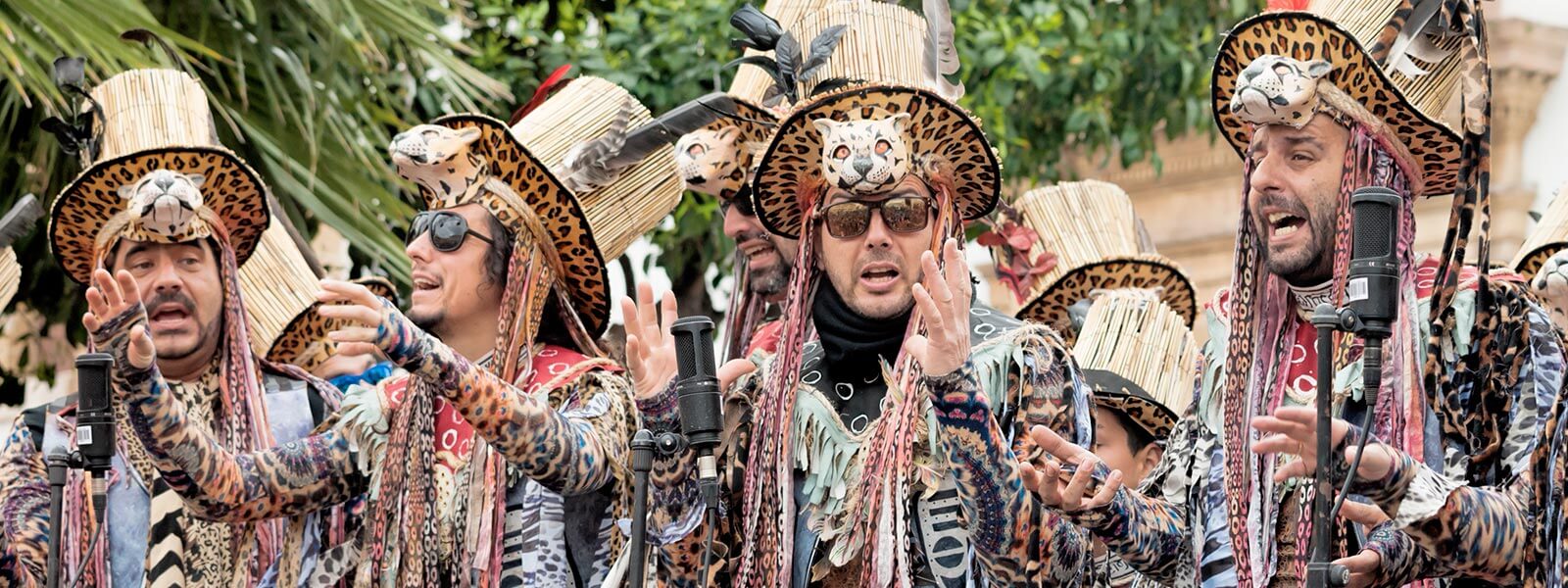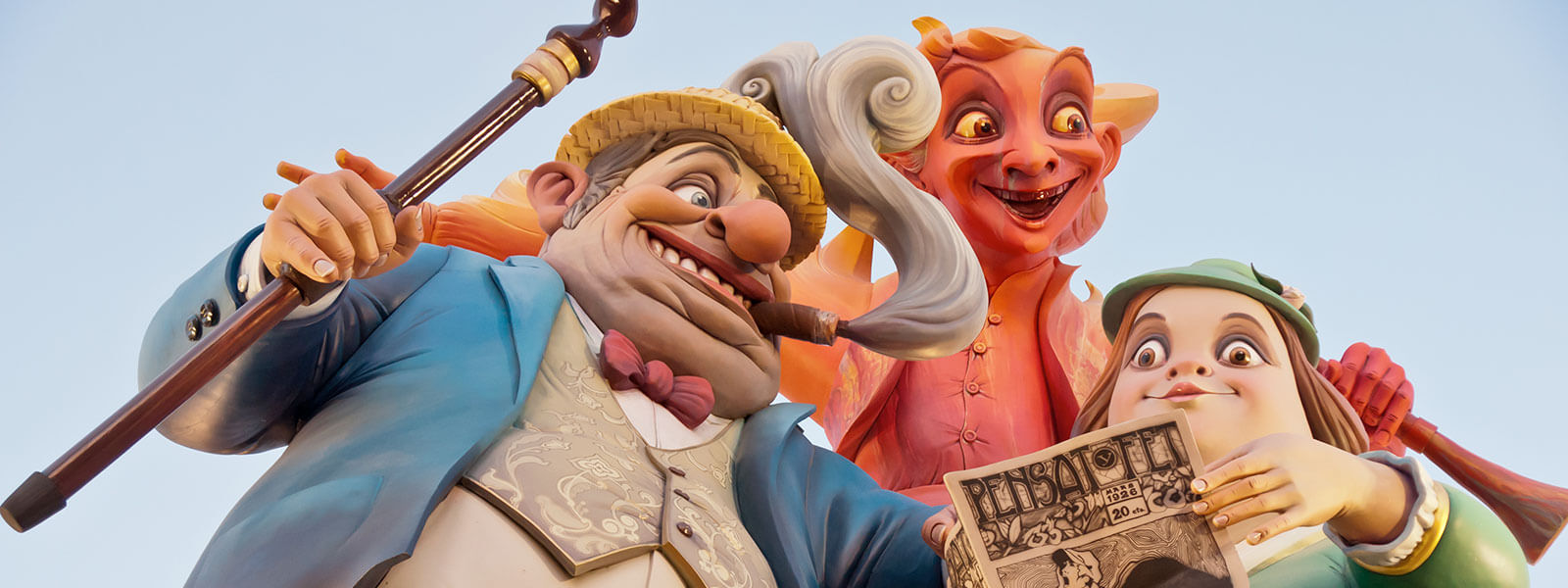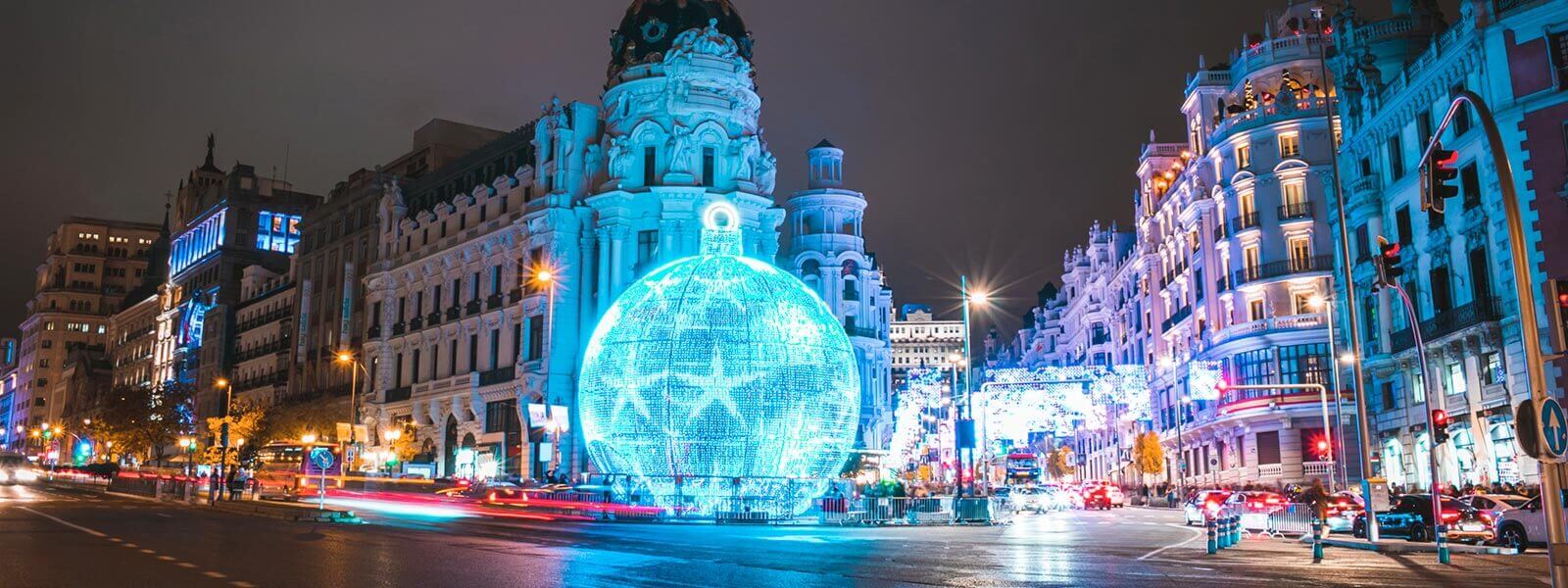
Now that we are in December we can definitively say that Christmas is just around the corner. One of the first issues we might have when visiting Spain during the period between autumn and the beginning of winter is that in many places, especially supermarkets and department stores, the Christmas decorations have already been put up by mid-November. Fortunately, the different city councils are a little more Christmas minded and turn on the decorative street lights only when we reach December.
However, there is a “contention” surrounding the “official” Christmas lights. Many visitors are surprised at their lack of “Christmas feeling”. In some cities we will be able to see illuminations so abstract and colourful that they make us long for the traditional bells or holly leaves. It is not known for sure if it is due to the modern day Spanish desire to be politically correct in everything they do – many people believe that some Christmas symbols can be offensive to other beliefs – , or because of the aspiration we currently have to disassociate ourselves with everything that is considered traditional and that is suddenly thought of as old and typical of an old-fashioned Spain.
In cities like Madrid until relatively recently there was quite a large amount of controversy surrounding the Christmas lights, that were found to be too “avant-garde”. There were even cases where a main street would be decorated in a very modern fashion whilst the adjacent ones had the same traditional decorations as always. This was probably because the lights of the smaller streets are paid for by the neighbours or business owners of that particular area, whose tastes were normally more “conventional”.
Behind closed doors, we Spanish are more traditional: in a lot of homes you will find a Nativity Scene. Recently, “multicultural” Nativity Scenes have become more fashionable whose figurines have been inspired by folklore from other countries, especially those in Africa and Latin America; but it is certain that the majority of households continue to use plastic figurines that, in most cases, are more than a few years old. The nice thing about the Nativity Scene is that, although it is made up of the same component parts, the scenography is never the same as the figurines usually move about on the set, be it due to reasons of innovation or even just forgetting where you had placed them the year before.
It is also possible to find Nativity Scenes in public places like city councils, schools and even shopping centres. Their construction is usually a big event and many people come to watch. In the case of government buildings and department stores they usually contract prestigious Nativity Scene designers whilst in the schools the pupils make the figurines in Arts and Crafts class: meaning it is common to see quite comical scenes where the baby Jesus is bigger than the ox or where each one of the Three Kings is of a different artistic style.
But, in the majority of houses the Christmas tree is preferred: even though it is less “Mediterranean” – remember that the tradition has German origins – it is certain that it has been adopted with much enthusiasm due to its convenience: as it is vertical it occupies little space and it can be decorated with just a few baubles and bits of tinsel. Although you can find natural Christmas trees, that Forestry students usually sell in order to pay for their course, it is more common to see false ones. Artificial Christmas trees are cheaper because they are re-usable and can also be sprayed with artificial snow without the risk of damaging plant life.
In many of the main squares in Spain you will also see Christmas trees, though something similar to that which happened to the Christmas lights seems to be happening to them: the fir and pine trees are being replaced with giant, pyramid shaped light installations. It is for the same old reasons of being cheaper, more durable and more “modern”, but for many people they are less “authentic”.
We won’t go on for much longer: this is the story of the curious evolution that Christmas decorations in Spain have undergone. Note that we are careful not to say “Spanish Christmas decorations” for the following reason: the first ever Christmas lights were turned on in Essen (Germany), the Nativity Scene was brought from Naples by King Carlos III and the first Christmas tree was erected in Spain by the order of the Russian noble Sofia Troubetzkoy. But maybe best not mention all of that until the holidays are over. Try and keep it to yourselves.
-
 Cadiz carnival: A brief history Discover the Carnival of Cádiz, the most popular party in the city of Andalusia, which has the funniest and most naughty songs you've never heard before.
Cadiz carnival: A brief history Discover the Carnival of Cádiz, the most popular party in the city of Andalusia, which has the funniest and most naughty songs you've never heard before. -
 How to construct a ‘falla’ Valencia celebrates its most popular party in style, that of ‘Las Fallas’. It is a celebration based on fire and fireworks. Discover this party
How to construct a ‘falla’ Valencia celebrates its most popular party in style, that of ‘Las Fallas’. It is a celebration based on fire and fireworks. Discover this party -
La Tomatina A new tradition in Spain: the greatest and funniest food battle in the world. There is in Buñol, Valencia


